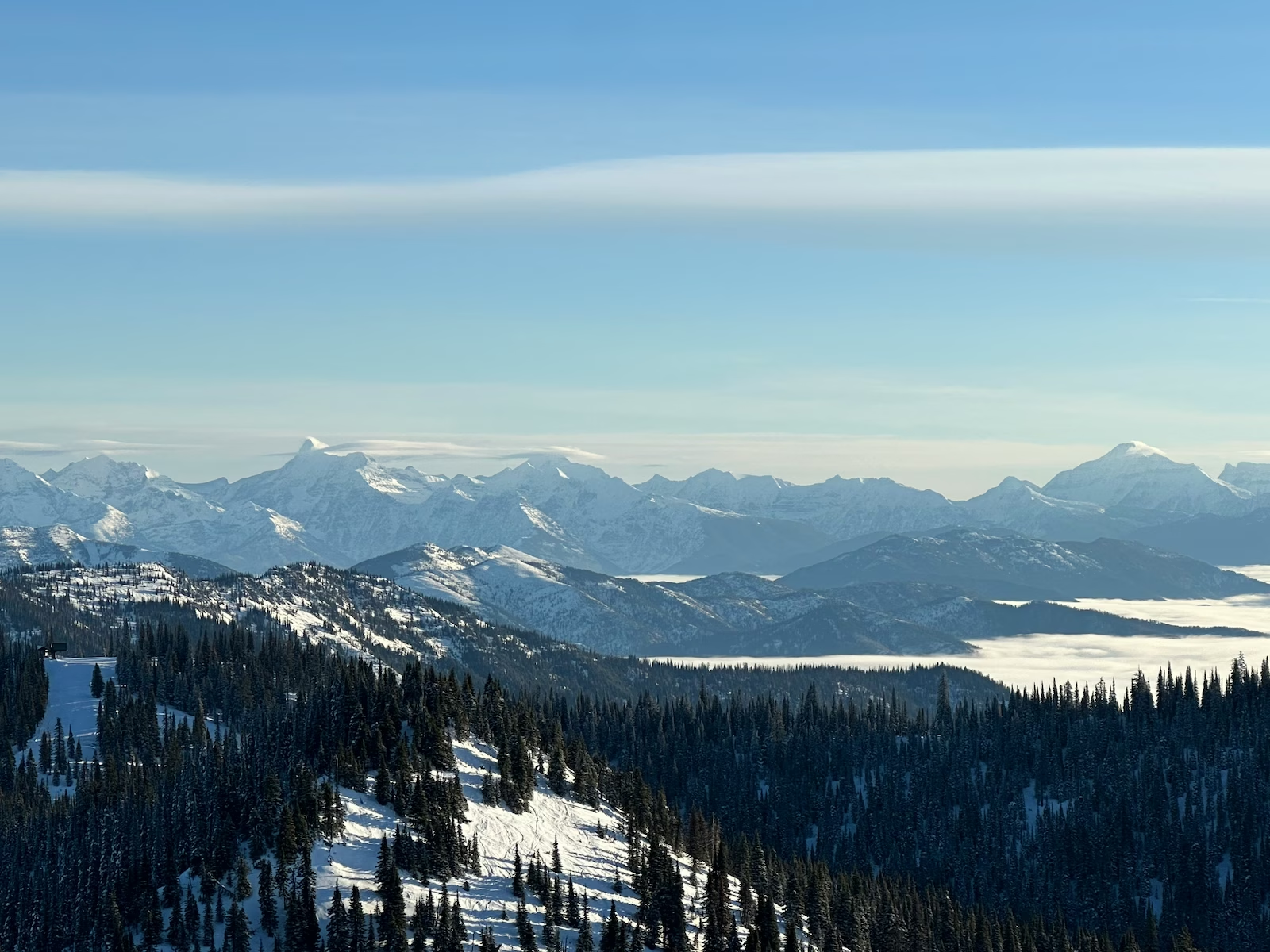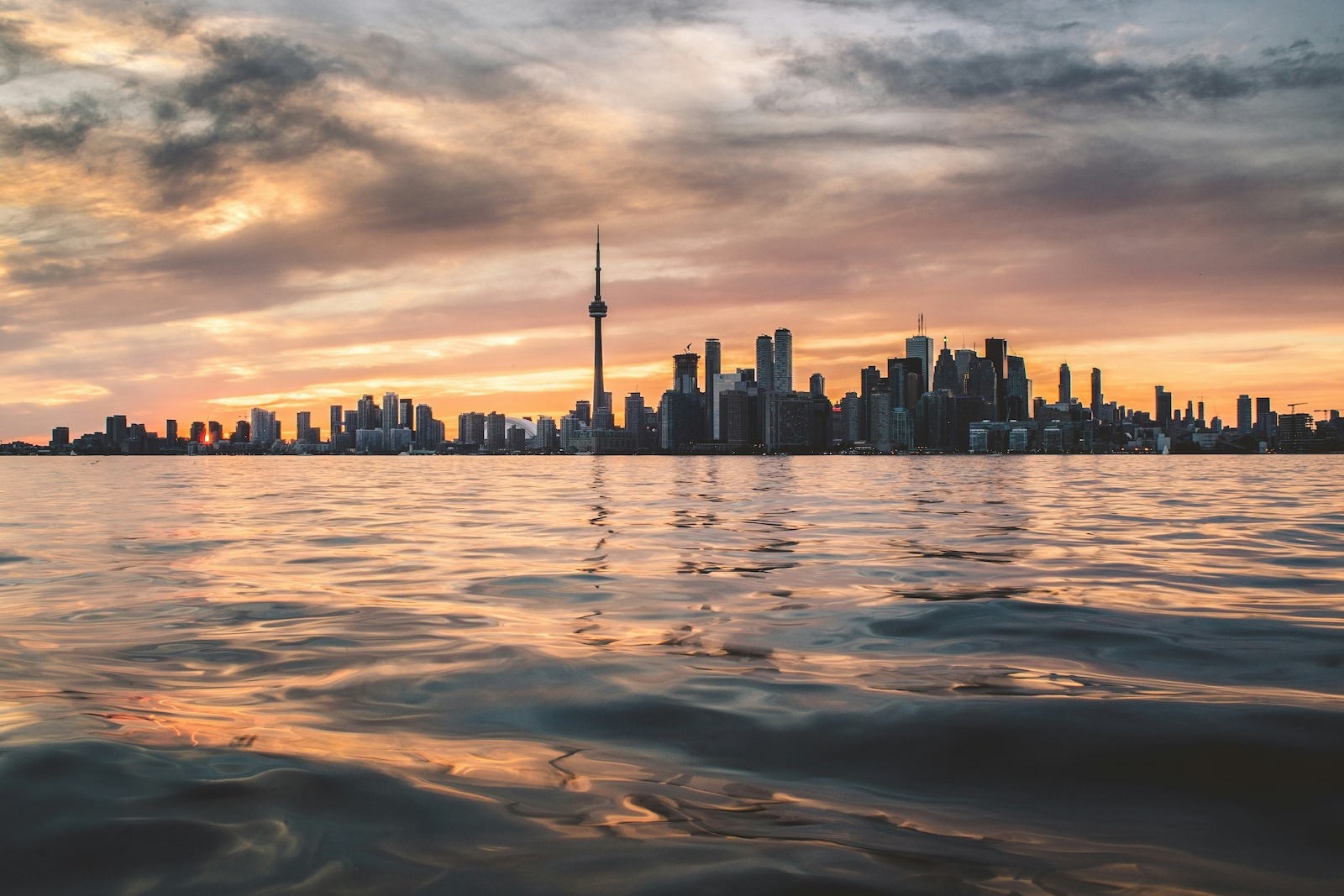Take a Leap of Faith with your wanderlust. Assassin’s Creed may seem like unlikely travel inspiration, but if you’re curious about heritage tourism — it’s the perfect place to look. To celebrate the release of Assassin’s Creed Mirage on the 5th October, we’re counting down some of the most fascinating locations featured in the main games; and how they hold up to their real-life counterparts.

The Middle East
Egypt 🐫
Featured in Assassin’s Creed Origins (2017).
The golden gift of the Nile goes above and beyond. Ancient history dawns on you from the height of pyramids, statues and temples — as Napoleon once said to his men. And he was right. Intimidating but inviting, Egypt’s greatest attractions draw you ever closer to the hieroglyphs on the wall.
Whilst Assassin’s Creed Origins gives you a much more intimate perspective of the many faces of Egypt, the real thing still leaves quite the impression. And you can still be your own captain by hiring a private boat rental such as this one. But if you would prefer to have your hands off the wheel this time round, then try either a day trip with Get Your Guide or a luxury stay with Nour El Nil.

Istanbul 🍵
Featured in Assassin’s Creed: Revelations (2011).
Neither fully Asian or European, Istanbul is one of the few cities in the world to be shared by 2 continents. The result is a vibrant capital with architecture that reflects the intermingling of different cultures for centuries.
Nowhere reflects this mish-mash better than the Hagia Sophia Grand Mosque: built in 537 AD as a Christian Church, only to be transformed into a Mosque 900 years later under the Ottoman Empire. Whilst some details may seem to be at odds with each other, the shades of orange and brown ties everything together rather impressively.
This change represents Constantinople itself at the time of invasion. Although the name Istanbul became official in 1930, the capital as we know it was reborn under the Ottoman rule.

Jerusalem 📖
Featured in Assassin’s Creed (2007).
The original Assassin’s Creed not only kickstarted one of the most ambitious video game franchises, but set the bar high. Transporting the player into the Holy City of Jerusalem, you witness the Third Crusade through the perspective of Altaïr: a great ancestor of Desmond Miles.
The graphics may now look a little dated, but the game captures the overall feel of this twice rebuilt city to a remarkable degree. Though sites like Solomon’s Temple can only be found in-game (as it was destroyed centuries ago), you will be able to recognise significant landmarks like the Dome of Rock and the Church of the Holy Sepulchre.
Before you book a trip to Jerusalem, tourists should be aware of tensions within the area. Please keep up to date with your country’s own travel advice.

Europe
Athens 🏛️
Featured in Assassin’s Creed Odyssey (2018).
Unlike previous games which blended together fact and fiction, Assassin’s Creed Odyssey takes its inspiration from mythology. Specifically, it follows the Peloponnesian War between Athens and Sparta from a dual perspective as the secret Cult of Kosmos unravels.
Despite being one of the more historically inaccurate Assassin’s Creed games, the developers’ attention to detail when recreating Athens is some of the best in the entire series. Nowhere is this more apparent than in the Discovery Tour Series: a separate educational project that allows students to visualise the past by exploring it in-game.
(It is also available in game mode within Assassin’s Creed Odyssey itself.)
There are 30 tours that you can take in total, broken down into 5 categories that expand your knowledge on art and theology within Ancient Greece, as well as major political events and war. Extravagant temples like the Parthenon are all of course there, but you may be more fascinated by daily life in Ancient Greece.
Whether you are looking to switch up how you play, or are a classics student in need of some visual stimulation, Assassin’s Creed Odyssey is the textbook reimagined.
Florence 🎨
Featured in Assassin’s Creed II (2009).
If there’s a destination more romantic than Italy, we’ve yet to discover it. This Mediterranean country has captivated the rest of the world in an unbreakable love-spell. How it came to be this way really goes back to the Renaissance era: making it an interesting period to base the franchise’s first sequel around.
The city that started it all, Florence is bursting at the seams with creativity. From the glamorous Uffizi gallery to the Statue of David, the galleries alone are absolutely breath-taking. Whilst you can hunt after iconic paintings in-game, you might have more fun getting to know the ingenious Leonardo da Vinci. Aside from being arguably the world’s most famous artist and polymath, his innovations might come in handy on your quests…

Venice 🛶
Featured in Assassin’s Creed II (2009).
Despite being over a decade old, Assassin’s Creed II is widely contented as the best game in the series — or at least the most innovative. Between the compelling and emotive storyline, open world gameplay and straightforward mechanics, Assassin’s Creed II is the ideal introduction for those new to the series and even gaming.
Whilst your journey truly begins in Florence, Venice is unlocked toward the end of the game. The narrow canals and hybrid-Gothic architecture make it perfect for roof-top parkour (not in real life, of course!). The Carnival of Venice provides a snapshot into the city’s free-spirited nature — even if the celebrations have become more vibrant in the centuries that have since passed.

The Americas
Havana 🚗
Featured in Assassin’s Creed IV: Black Flag (2013).
Unlocking history through your ancestor’s memories may be technically impossible in real life, but a trip to Havana is about as close as you can get to a rewind button.
Granted, much of Havana’s vintage feel today has more to do with all the classic cars — which are nowhere to be seen in Black Flag, since the game is set over 100 years before the first car was even invented! But the developers were spot-on in capturing the heart of this destination: a lively capital that has visual similarities to Iberia, but with its own Caribbean flare.
You can visit a few of the in-game monuments; the most famous is perhaps the Governor’s Mansion: now referred to as the Palacio de los Capitanes Generales. Once you have finished up on sightseeing, you’ll want a taste of what Havana’s like today…
Stop by one of the city’s rooftop bars and try Cuban classics like the daquiri or mojito. They say that Cuba’s nightlife is some of best in the world for a reason — and you’re about to find out why.

Tulum 🐢
Featured in Assassin’s Creed IV: Black Flag (2013).
When visiting Mexico for the first time, most travellers gravitate to Cancún or Yucatán. Although these destinations are worth the hype, the town of Tulum is occasionally overlooked by those new to the country.
Located on the Caribbean coastline, Tulum is an archaeological paradise that combines Mayan ruins with ornate caves and wide stretches of white sand. Not quite a hidden gem, hotel owners have cashed in on Tulum’s outstanding location and facilities with an array of eco-friendly resorts and glamping opportunities.
Tulum today could not be further than its depiction in Assassin’s Creed IV: Black Flag, where it became a stronghold for assassins and the indigenous people alike. However, when the protagonist Edward Kenway arrives on shore, Tulum quickly became a target for the Templars to attack.

Where next for the franchise? 💭
The Assassin’s Creed series has been all over, but its latest instalment is new territory. Mirage welcomes players into a Baghdad of the past: set in the significant year of 861. The Islamic Golden Age is afoot, as is the extreme political instability brought about by the Anarchy at Samarra — spread over a 9 year period.
Players may be less familiar with these historical events compared to the Renaissance; and so Mirage serves as an unique opportunity to shine a light on an extraordinary period of artistic innovation and scientific discovery. All this and more is uncovered through the character Basim, as he makes contact with the Hidden Ones…
Assassin’s Creed Mirage (2023) becomes available to players on Thursday 5th October. Find out more information on the game and pre-ordering here.








.jpg)


